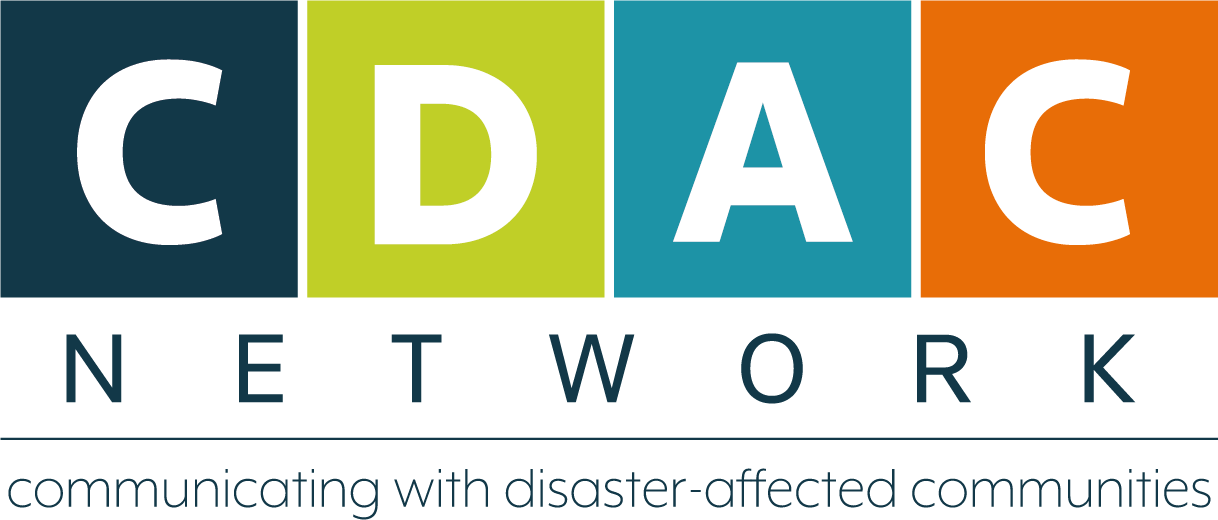Policy brief: Addressing power dynamics in participatory AI for crisis-affected communities (beta version)
This is a beta version of this policy brief. Given the emerging and innovative nature of AI in humanitarian aid, we are asking people to test the SAFE AI products and give us feedback ahead of the final development of the SAFE AI framework. Please provide feedback via this form, or email info@cdacnetwork.org before 31 October 2025.
Without meaningful participation from crisis-affected communities, humanitarian AI risks becoming experimental and extractive, worsening inequalities rather than addressing them.
This case study from the SAFE AI Project, in collaboration with FilmAid Kenya, examines real-world challenges in implementing participatory AI through a groundbreaking pilot in Kakuma Refugee Camp and Kalobeyei Settlement.
In December 2024, CDAC Network and FilmAid conducted the first documented effort to engage refugee communities in AI design and governance. The pilot revealed critical gaps between participatory AI theory and humanitarian practice, exposing power imbalances that undermine genuine community involvement.
This policy brief identifies key obstacles preventing meaningful participation and provides actionable recommendations for ethical, inclusive participatory AI in humanitarian settings. Essential reading for practitioners committed to shifting power dynamics and ensuring AI solutions serve—rather than exploit—crisis-affected communities.
This material has been funded by UK International Development from the UK government.


